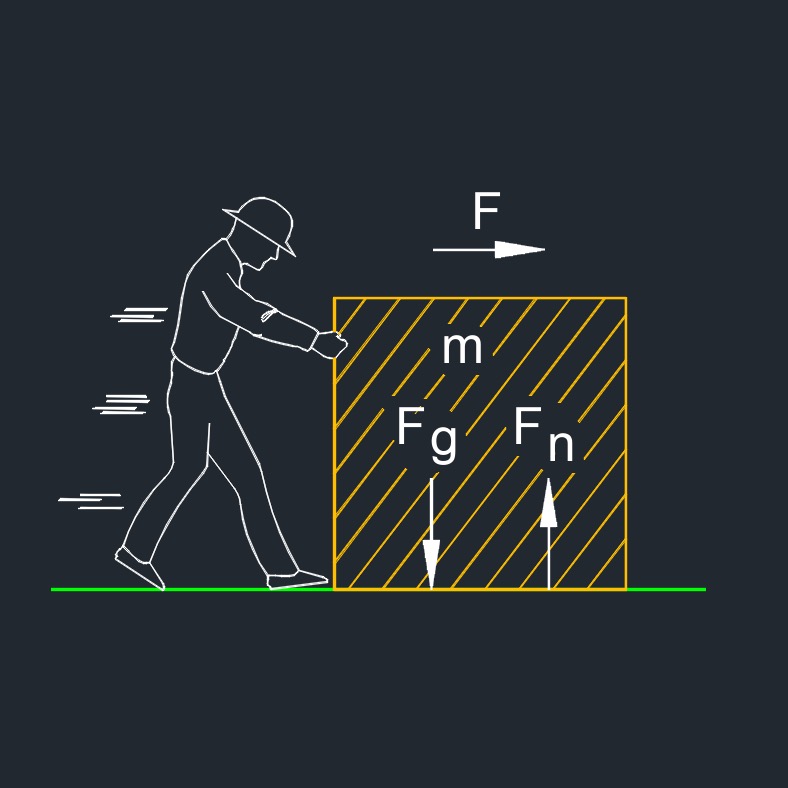Displacement
Displacement Formula |
||
|
\( d \;=\; v \cdot t \) (Displacement) \( v \;=\; \dfrac{ d }{ t } \) \( t \;=\; \dfrac{ d }{ v } \) |
||
| Symbol | English | Metric |
| \( d \) = Displacement | \(ft\) | \(m\) |
| \( v \) = Velocity | \(ft \;/\; sec\) | \(m \;/\; s\) |
| \( t \) = Time | \(sec\) | \(s\) |
 Displacement, abbreviated as d or DISP, is a term used in physics to describe the change in position of an object in a particular direction. It is a vector quantity, meaning it has both magnitude and direction, some of these include acceleration, drag, force, lift, momentum, thrust, torque, velocity, and weight.
Displacement, abbreviated as d or DISP, is a term used in physics to describe the change in position of an object in a particular direction. It is a vector quantity, meaning it has both magnitude and direction, some of these include acceleration, drag, force, lift, momentum, thrust, torque, velocity, and weight.
Displacement takes into account both the distance traveled by an object and the direction of the movement. It provides information about how far an object has moved from its initial position and the direction in which it has moved. It is important to note that displacement is not the same as distance. While displacement considers the change in position from the starting point to the ending point, distance refers to the total length of the path traveled by an object, without considering the direction. Displacement can be positive, negative, or zero, depending on the direction of the movement.

